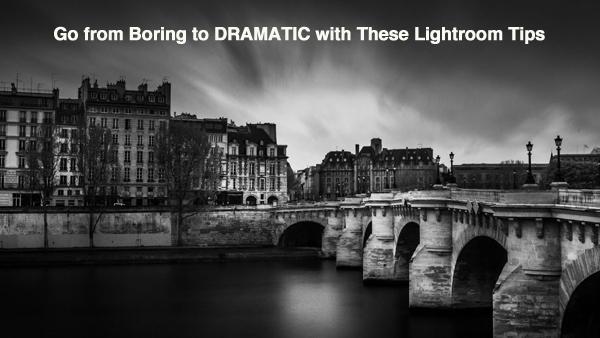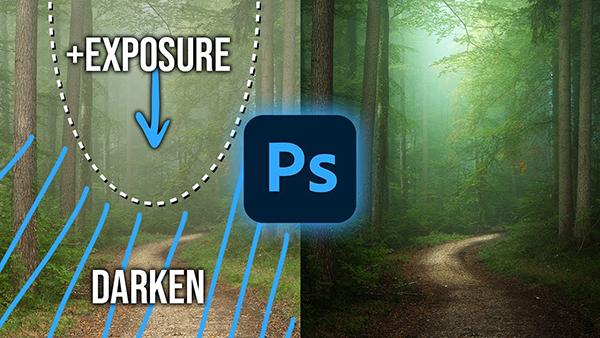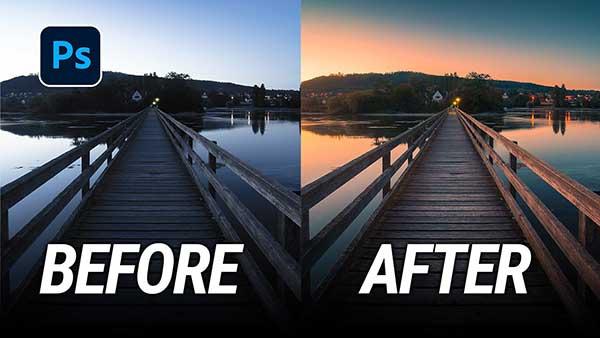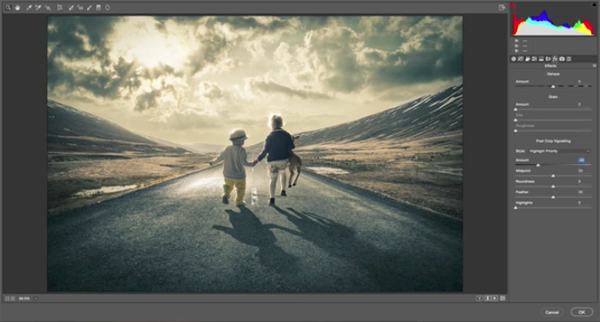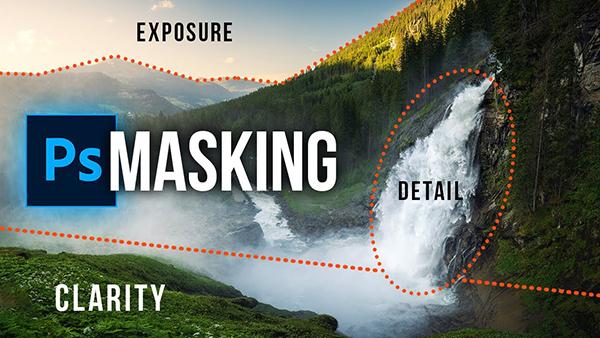Software How To
Sort By: Post DateTitle Publish Date
|
Feb 22, 2024
|
Mar 01, 2010
|
Jul 05, 2012 |
First Published: Jun 01, 2012
|
Aug 30, 2022
|
Jun 09, 2017

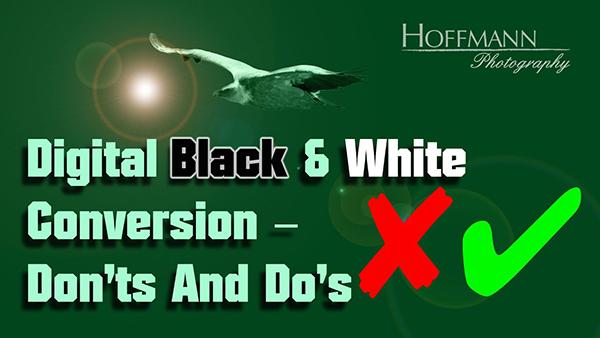




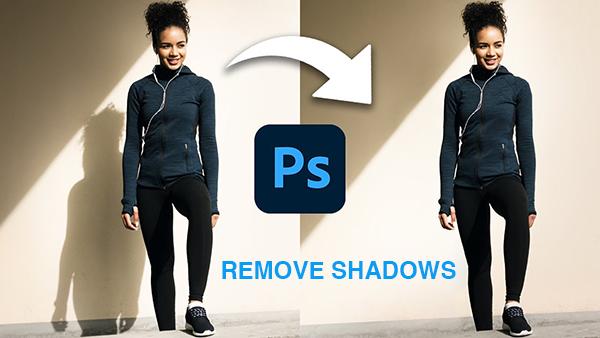

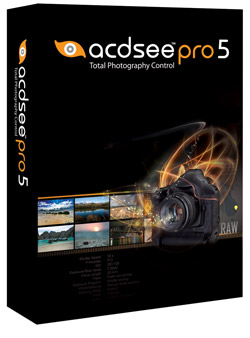 With each successive release of ACDSee Pro, the photo management suite adds ever-more-powerful features. In this review I hope to help you decide whether or not its features match up with your own workflow, meet your needs, or even improve on existing features to enhance your photographic creations.
With each successive release of ACDSee Pro, the photo management suite adds ever-more-powerful features. In this review I hope to help you decide whether or not its features match up with your own workflow, meet your needs, or even improve on existing features to enhance your photographic creations.